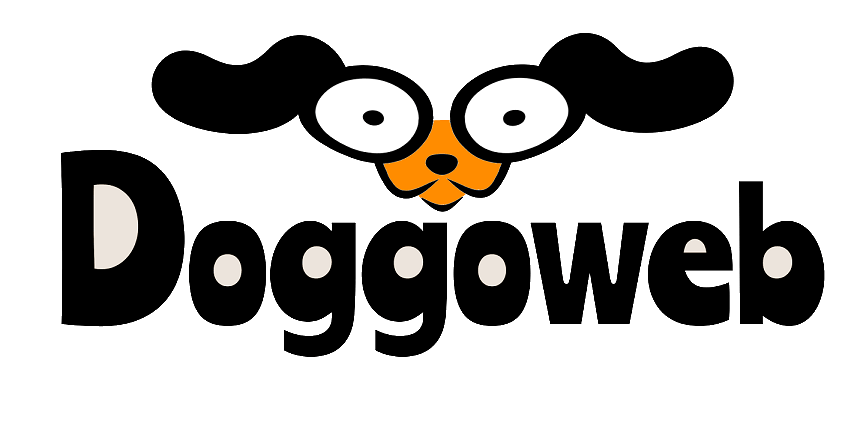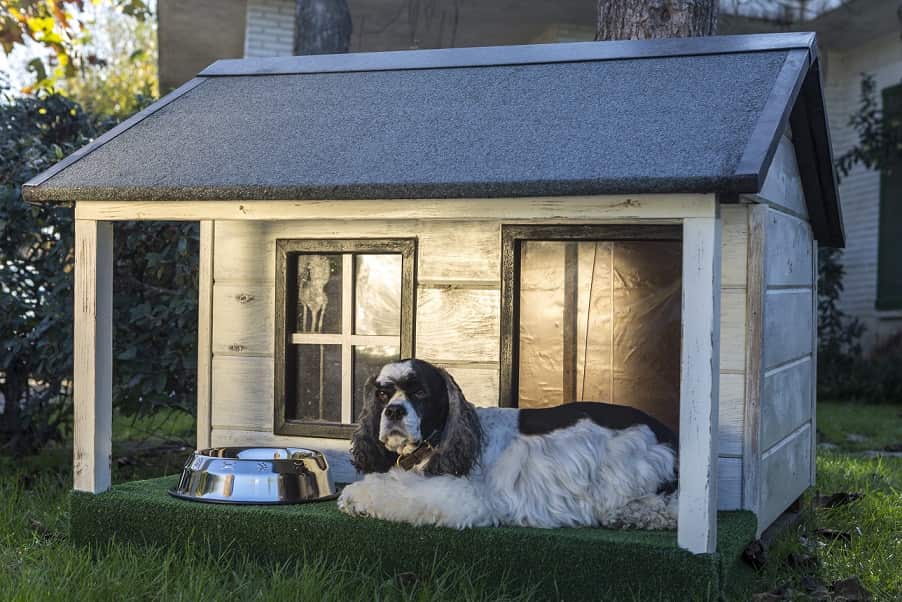Code Of Conduct
A clear code of conduct, and strong boundaries, are key to having a great relationship with your dog — because they create a balanced pack relationship your dog can rely on. This chapter addresses the framework that will help you make this relationship a success.
Center Of Attention
As the leader of the pack, it is important to act that way. We should always put ourselves first, as egocentric as that may sound, and our dogs second.
This becomes easier when we remember that our comfort is an essential prerequisite for our dog’s comfort. There is no world in which the dog can be the center of attention and still feel safe and secure. The dog has to feel included in the pack, ready to serve it, and to be rewarded with attention from the alpha. While the dog craves attention, he should get it when we decide to indulge him, rather than whenever he demands it. On the contrary, the dog only learns to keep nagging.
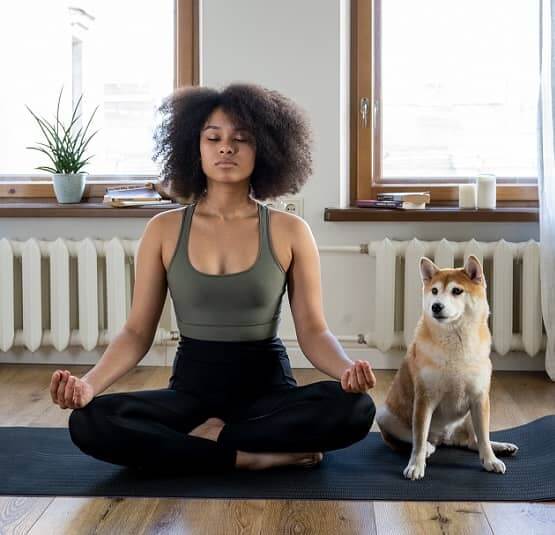
Routine \ Build A Routine
In constructing a routine for a dog, it is crucial to be strict. We can afford to deviate a little from the established rules only when we’ve already settled into a clear routine. As an example, a young pup should get used to a feeding schedule of dry food only. Were we to add toppings and treats, the puppy would quickly become spoiled and refuse to eat the dry food as a consequence. When the young pup grows up, we can add in some occasional treats without confusing him.
Walking Routine
Going for walks is one of the most important rights of the dog! Dogs eagerly await the long walks we take with them. A large garden can never serve as a substitute because walks represent so much more than an opportunity for the dog to do his business. Your dog also needs to get exercise and tire himself out, meet other dogs, and get to know the local neighborhood. Play, too, is a vital component of these walks.
Dogs ideally need at least three walks a day — two shorter, 10-minute, walks, and a longer third walk during which the dog can exhaust himself to his heart’s content and return home tired but mentally fulfilled and happy.
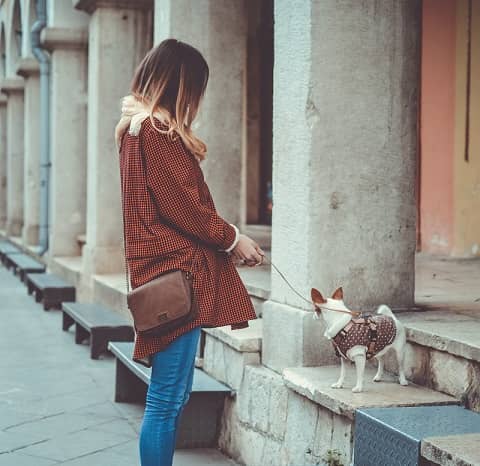
Black And White
Don’t think about how the dog sees, but how he understands our behavior. We must never confuse our dog, or hesitate and waver in our decisions if we want our dog to understand us clearly. Letting gray areas and confusion seep in is a recipe for behavior problems. That means being clear about the rules you set — always.
For example, allowing a dog to gnaw on an old shoe means he’ll soon be going for your new shoes, too. To maintain boundaries, set clear rules; your dog can play with his toys and has to leave your belongings alone.
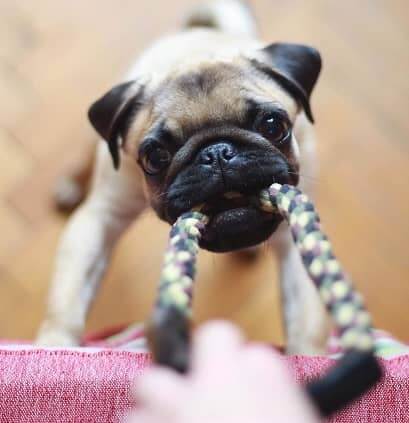
Negotiation
Do not negotiate with your dog. In the pack, relationships are driven by the leader’s decisions and there is no room for compromise. If we teach our dog that he can disagree, that he can argue with our opinion, he will keep pushing those boundaries.
Consider, for instance, a scenario in which you decide that your dog should stay off an armchair. If the dog continues to try his luck, and you now try to compromise by allowing him onto the chair, but only if he sits in a corner, the story won’t end there. He’ll continue to climb up on the armchair, and triumphantly sit on the “throne” the next day.
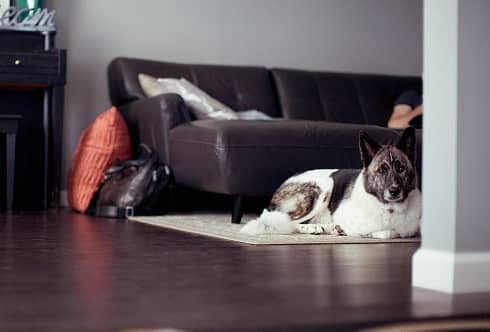
"No" Should Never End in "No"
If your dog does something he is not allowed to, he should firmly be told “no”, using an authoritative tone accompanied by a clapping sound. We can’t just tell the dog what he can’t do, though we should immediately follow up by letting the dog know what he can do; what kind of behavior we would like to see.
Provide positive reinforcement by offering a kind word, some pets, or offering your dog an alternative to the unwanted behavior you stopped. As an example, if the dog stole a sock, he should be told that “no”, he can’t have the sock, accompanied by a clap. The moment he lets go of the sock, get him a toy that he can play with.
Completing Tasks
If you give a dog an order, it is crucial that he finishes the task. It is better not to give an order at all than to give one but give up before it is completed because the dog is too stubborn to cooperate. For example, if you want to tell your dog to go to his spot, ensure that he listens and obeys. If you are not ready to do this, it is better to take a different approach and avoid any conflict.
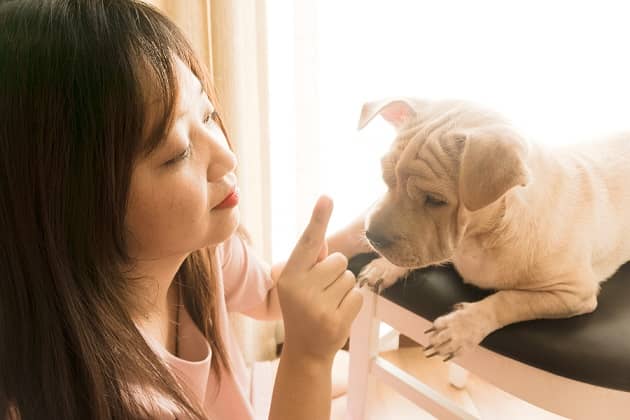
Right Decisions
For the good things your dog does during casual time, he should receive a treat or reward. The reason dogs (especially puppies) engage in naughty and forbidden behavior is to get attention. If your dog went to lay down in his den, for instance, give him a treat and tell him what a good boy he is.
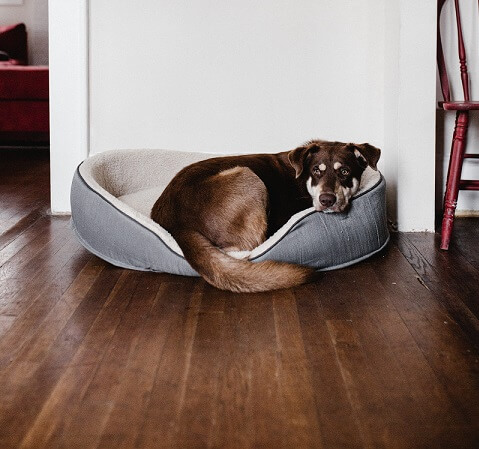
Linking Memory
The dog’s knowledge is based on his past experiences. To build positive association, we need to link a desired behavior with a good experience that will teach him to repeat the behavior. The same holds true in reverse — to stop unwanted behavior, we link it with a negative memory to stop him from doing it again. For example: if we brought a new kennel for our dog, we should not push or force him in, or he will grow to dislike the kennel. Instead, we gradually get him used to the kennel, giving him food or snacks in it so that he associates the space with rewards and comfort.
Blurring Memory
When a dog has a negative association with something or someone, we can take steps to make that memory fade. For example, if a dog had an ear infection, he probably quickly learned to run away in fear as soon as he saw the drops because he was in pain the first time he was treated with the drops and is now expecting pain again.
Instead of preparing for a struggle three times a day, in which the dog runs away as soon as he sees the ear drops, we can approach him with the bottle 10 times a day. Seven out of 10 times, he just gets positive reinforcement in the form of a treat. He only gets the medicine three times.
Controlled Exposure
When we discover our dog is afraid of something or someone, we can try to expose him to it gradually, so the fear wears off. A dog might be afraid of buses, for instance. We should first simply sit at a bus stop and allow the bus to pass. We’ll ignore the dog’s fear, and distract him from the passing bus with a new toy or food. The dog will gradually become so accustomed to the presence of buses that even taking him to the central station won’t induce fear.

Small Bites
Puppies have teeth that they will lose at 5.5 months of age. As the new set of teeth comes in, they’ll experience some discomfort, and puppies need to bite and sharpen their new teeth. It is very important to let a puppy chew bones or keep him busy in other ways. If the puppy bites something he is not allowed to do, there are five ways we can act – the “closing quintet”.
Biting An Inanimate Object
If the puppy chews on something he’s not allowed to, provide an alternative. Say the word “drop” and immediately give him a toy to play with. After teaching the dog what is against the rules, it is very important to teach him what is allowed.
For example: if the dog chews the leg of the table, the word “drop” should be said in an authoritative tone but as soon as the dog lets go of the table, we should give him a tennis ball, a bone or a chew toy and reward him with our approval – “Good dog”!
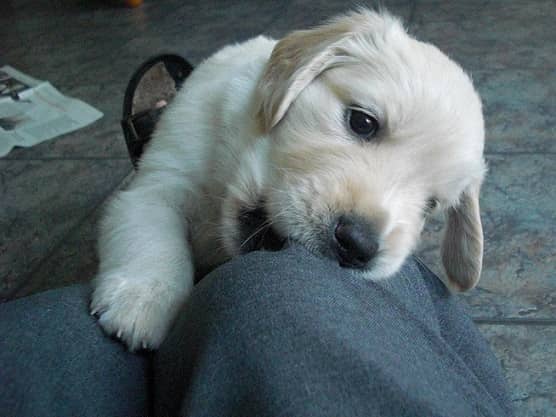
Bite Of Hand Or Foot
The best way to treat these bites is to invade their space with excessive touch. Puppies learn to speak with their mouths as they try to asset dominance over their litter mates. That is why they behave the same way towards us, especially in the case of young children. When this happens, we should assert our dominance over him just like he would with his litter mates. This will not stop the bites, but the dog will know that we are above him in the pack hierarchy.
Short Break
When a puppy nags and bites to get attention, the best approach is to ignore him and to reward him with attention only once he is lying calmly. Ignoring puppy bites can be hard because they are painful, but sometimes ignoring the problem is the fastest way to get it to stop.
Long Time-Out
If the puppy repeatedly and persistently tries to be in the center of attention, and we don’t have time to train him or address the behavior, we can simply show him to his crate and give him a Kong or other fun toy to play with while he settles down.
Closing the Dog's Mouth
This is an effective preventative technique. A dog’s center of gravity is his mouth. By closing it, we take complete control of him. When confronted by an attempted or actual puppy bite, we can close the pup’s mouth and wait for the puppy to let out cries of frustration. Only then will we release our grip around his muzzle.
Jumps
Often, dogs will try to get our attention by jumping up at us. This type of jump indicates enthusiasm and demonstrates the drive of the dog’s desire to be with us and at our height. This behavior must be avoided by teaching the dog that he can only get attention when all four of his feet are firmly on the ground. When the dog jumps up at us, we can turn our back slightly so that he is forced to return to the ground. Once he’s back on all fours, we will reward him with praise and affection.
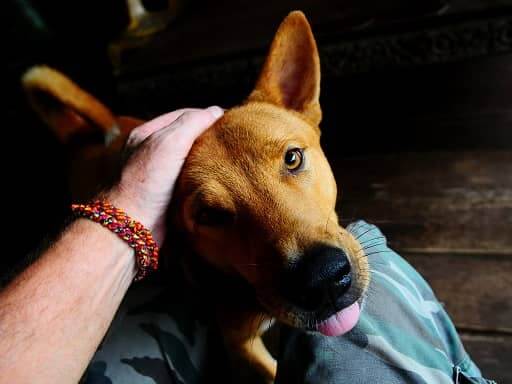
Fears
In the case of a scared dog, he should not be petted or comforted with soothing words. If we take these steps to comfort the dog, we validate his fears and reinforce both the fear and associated behaviors.
For example: If the dog is curled up and shaking because he is scared of the noise of fireworks, you should act like everything is “business as usual”, and refrain from giving your dog special attention. Exposure therapy will teach the dog that he has nothing to be scared of gradually.

Are you ready to test yourself?
The quiz below is one of five, if you pass it, you will receive part of the password for the final quiz. All five tests must be passed in order to attach the password and gain access.
Check our latest posts
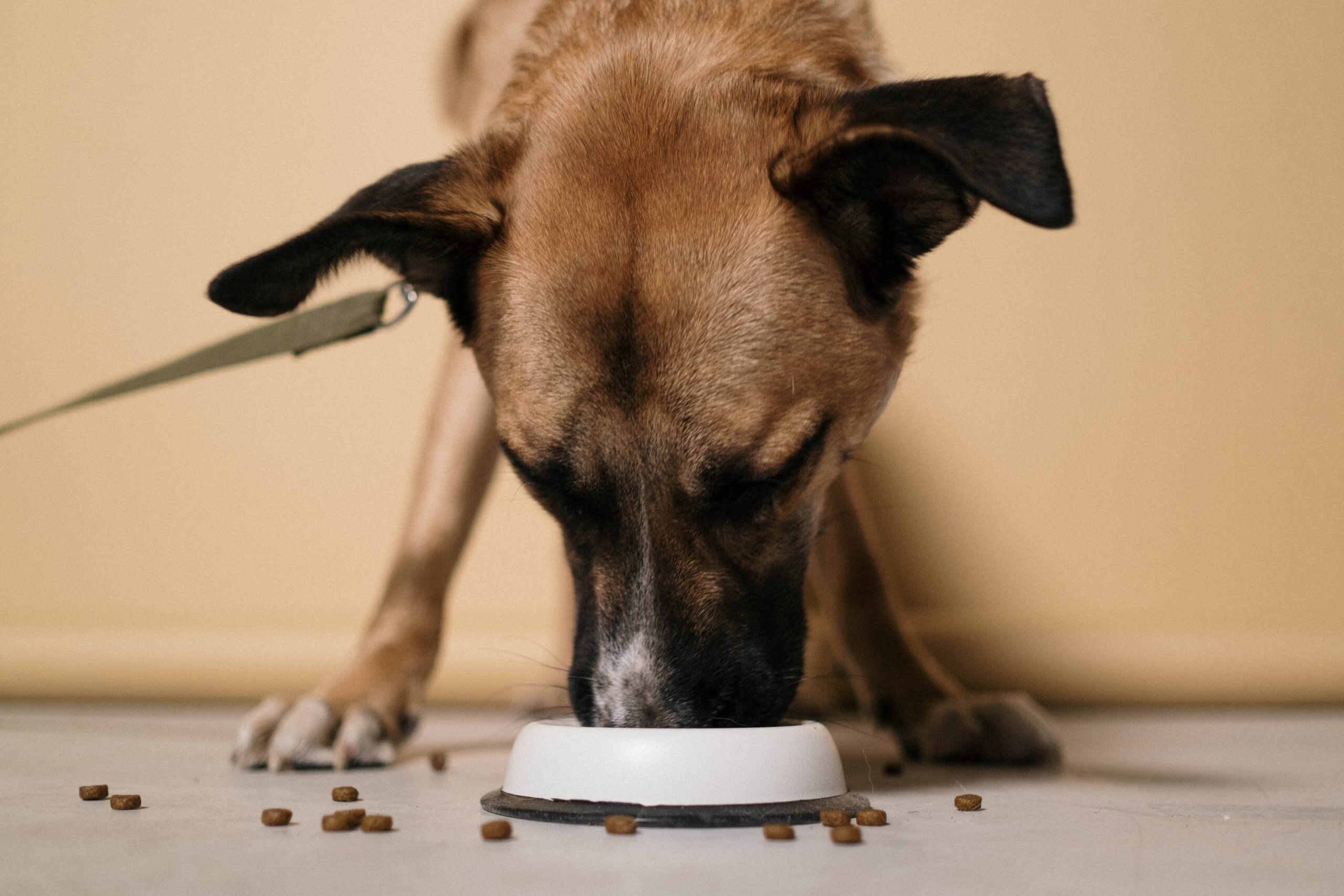
How To Slow Down Dog Eating
When dogs eat too quickly, they swallow air along with the food they’re gulping down. Pain and discomfort are caused by food and air expanding in the stomach. Gastric dilatation-volvulus, or bloat, is a dangerous condition that can result in your dog vomiting or regurgitating.

Puppies Potty Training
Is your dog peeing in the house? The task of potty training a puppy in particular requires a lot of patience and tolerance on the part of dog owners. For this activity to be successful, we must simultaneously address two levels: The physiological level and the understanding level. We’ll talk about some of these key points in our next article.
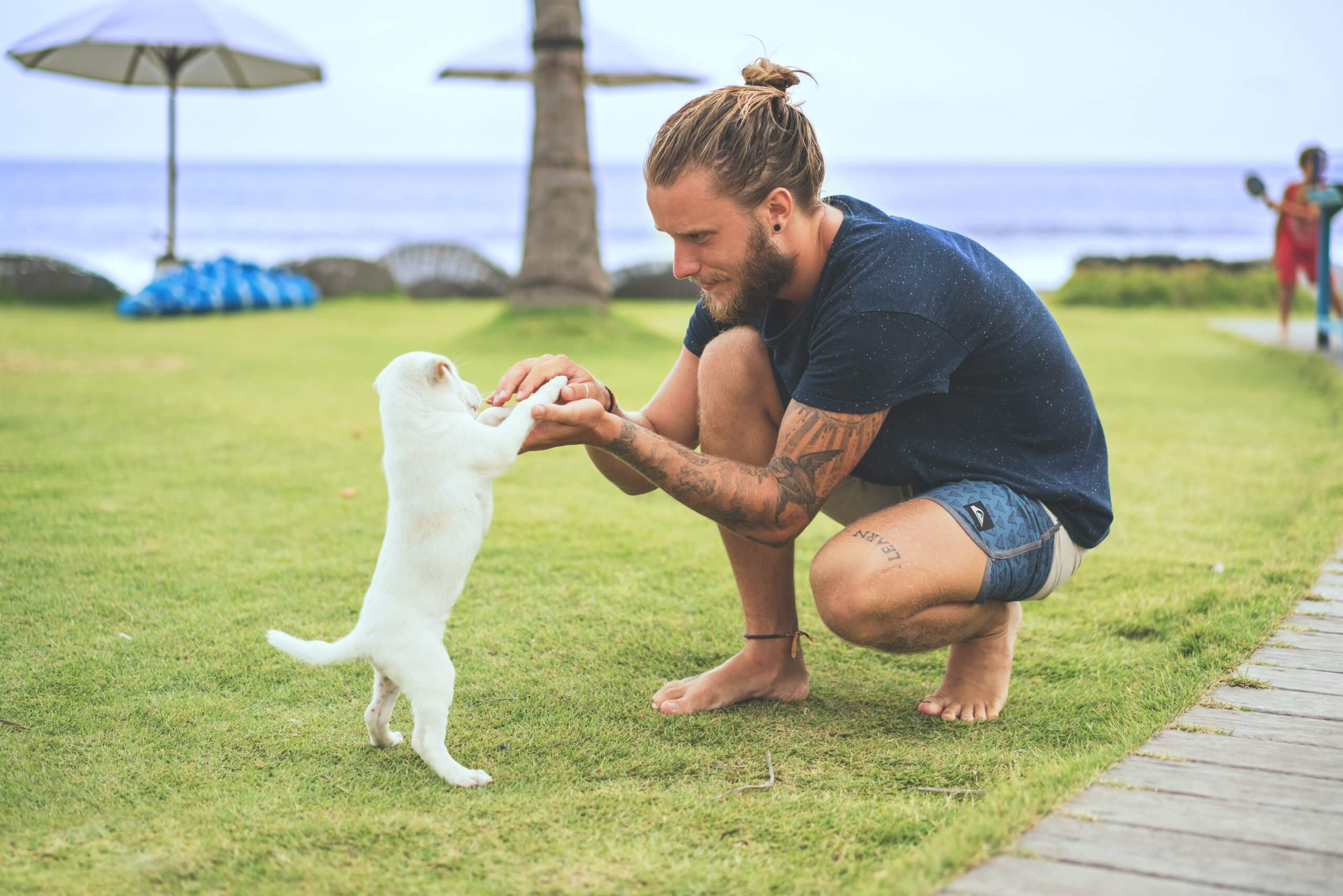
How Long Does It Take To Become A Dog Trainer?
To be able to successfully enter the field of dog training, you must demonstrate a high degree of commitment and hard work. Discover the skills and abilities that you will need to become a professional dog trainer. Also, learn some ways to convince potential employers that you are the right candidate
